
Original image can be found at: http://www.pinerotours.com/eng/destinos_itinerario.php?id_destino=25&id_paquete=76&id_plantilla=429
Los Llanos is not as bio-diverse as the regions that surround
it. One reason for this is that the
region has very few endemic species. Most
of the biodiversity that it has is concentrated in gallery forests. The open plains are not a widely used
habitat. The following are some animals
and plants of los llanos de Arauca and Apure that are worth mentioning:
Caimán: The Caiman,
Cayman in English, is a symbolic animal of Los Llanos. There are 5 different species present. The two most famous being: Caiman de Orinoco
and la baba. La baba are the smallest one only reaching up to 2 meters, while the Caiman de Orinoco can reach up to 6 meters. Both live in the rivers and
lakes of Los llanos.

Original image may be found at: http://www.kunst-fuer-alle.de/english/fine-art/artist/image/prisma-%28f1-online%29/6248/1/189870/baba,-caiman-crocodylus,-estado-de-apure,-kaiman,-los-llanos/index.htm
White-Tailed Deer:
The only deer that can be found
in all of Los Llanos, in comparison the plains of Africa which have many more types
of deer adapted to the savannas. This is
yet another example of the lack of mammalian fauna of Los Llanos in comparison to at savannas of Africa.
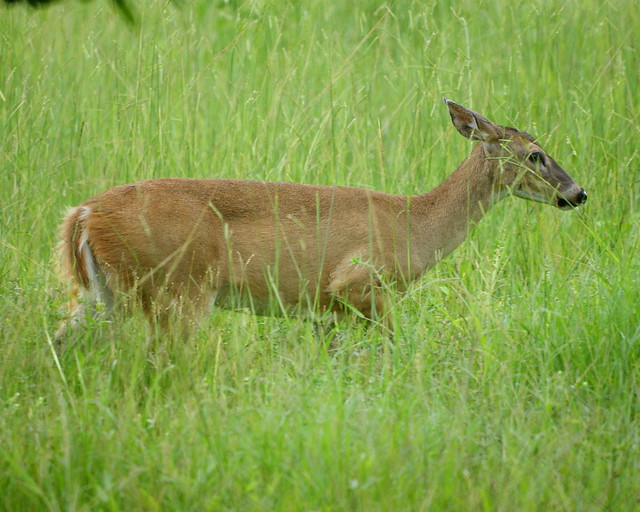
Original image can be found at: http://www.flickr.com/photos/barloventomagico/3878618667/
Pirañas: Pirañas,
Piranhas in English, are fish with teeth that live in the rivers of Los Llanos. They are one of the 12 species
of carnivorous fish that are present in the rivers of South America. They are 25cm long, but can grow to be up to
60cm.

Original image can be found at: http://www.casa-vieja-merida.com/tour/los_llanos/indexeng.shtml
Araguato (Mono Auyador):
In English it is called the howler monkey. It is a primate that lives the los
Llanos. They live in the gallery
forests, and they are in clans of 10 to 15.
The clan is made up of females, young males, juveniles, and one leading
male who protects the clan. It is called
Mono Auyador, Howler monkey, because of the sound they make.
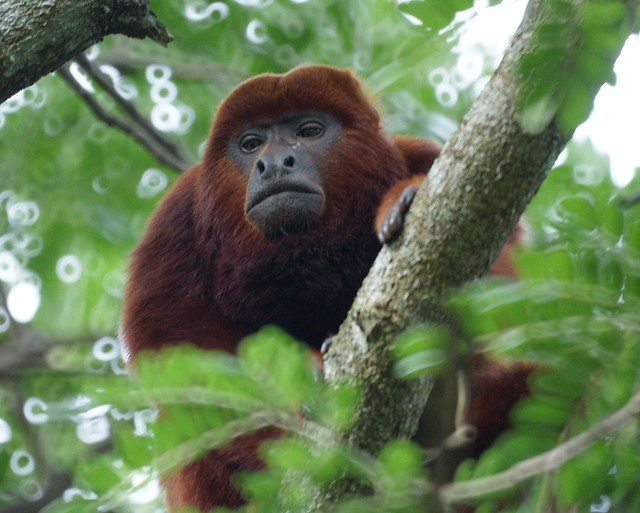
Original image can be found at: http://www.flickr.com/photos/barloventomagico/2801069075/
La Garza Real: Heron
in English. It is one of the 3 species of garzas of Los Llanos. It has its whole body covered in white
feathers. La Garza Real is the largest
of the three, and it is famous for its feathers. Its feathers are delicate and fine, giving la
Garza Real the appearance of having a veil on its back. Since the colonial times this bird was hunted
for its feathers which were very popular in Europe.
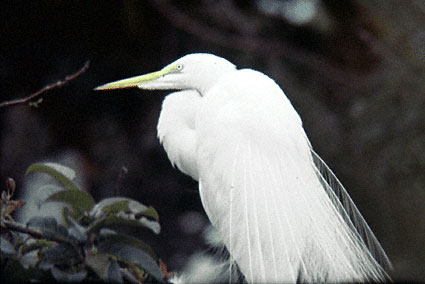
Original iimage can be found at: http://www.venezuelatuya.com/natura/garza_real.htm
Moriche Palm: This palm tree is abundant in Los Llanos, and is a symbol of the region. They grow in zones where the flow of water is smooth. They also get their nutrients from that has been filtered by the savanna floors. They tend to grow on is moist,swampy land.
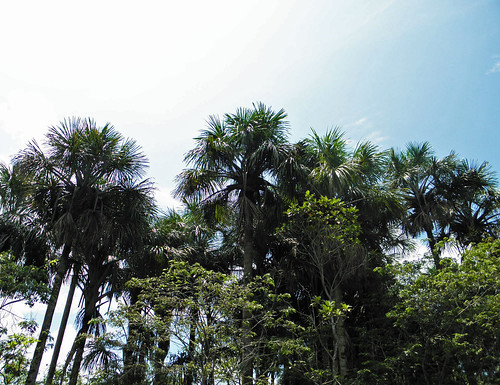
Original image can be found at: http://farm8.static.flickr.com/7106/8163046311_2db4ae7300.jpg
El Saman: This tree is other times referred to as the tree of rain. They cannot tolerate the cold, and they grow fast and need plenty of space. Once fully grown the Saman can resist droughts quite well.
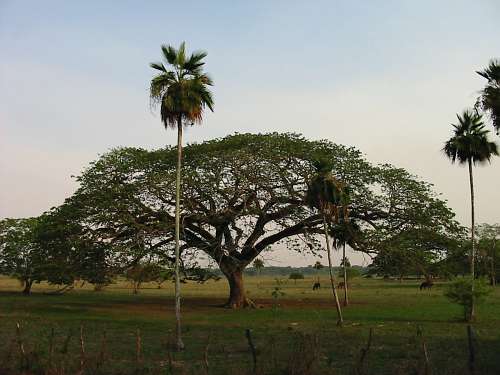
Original image can be found at: http://members.inode.at/841268/sllanos.html
No comments:
Post a Comment